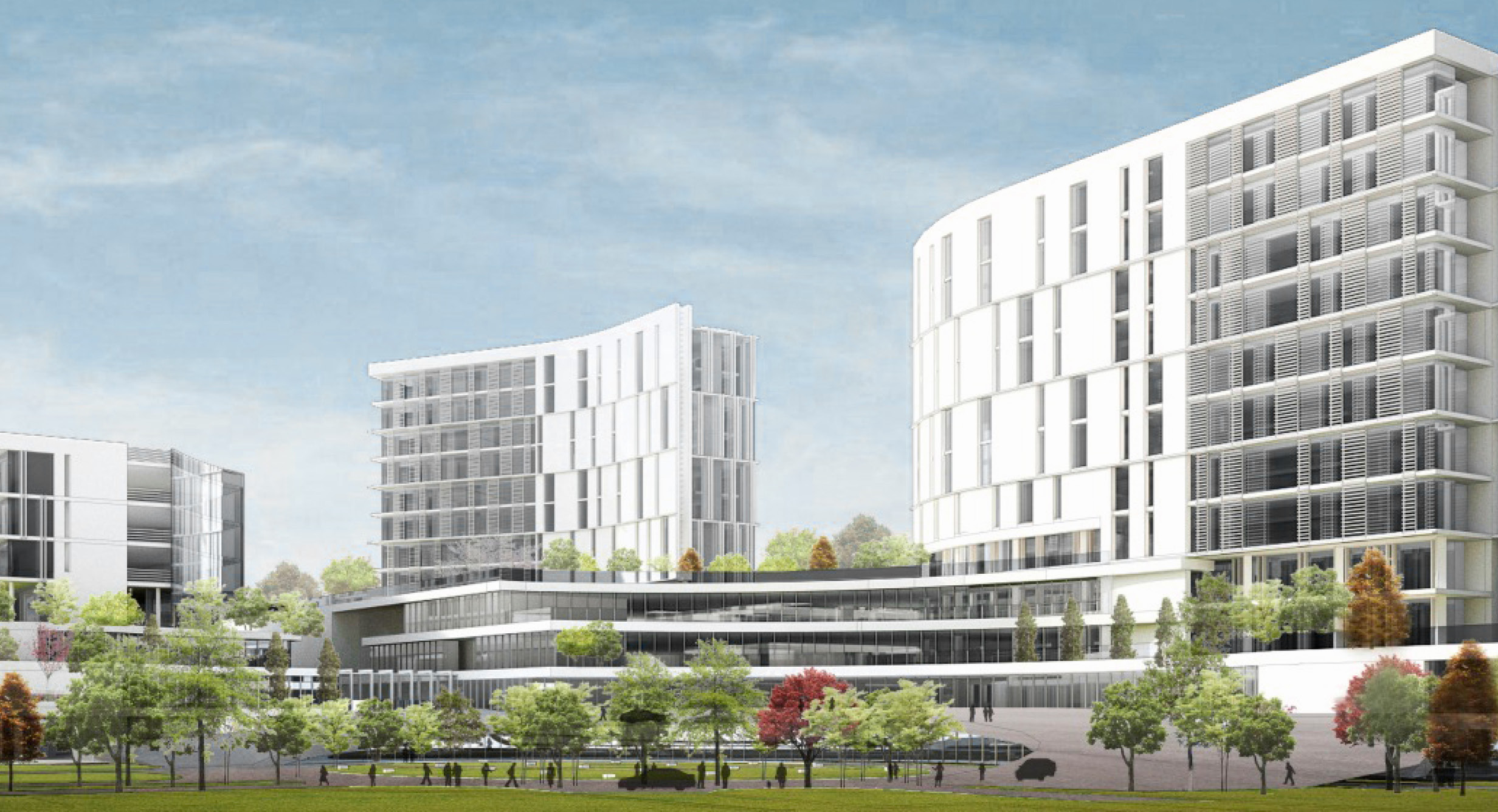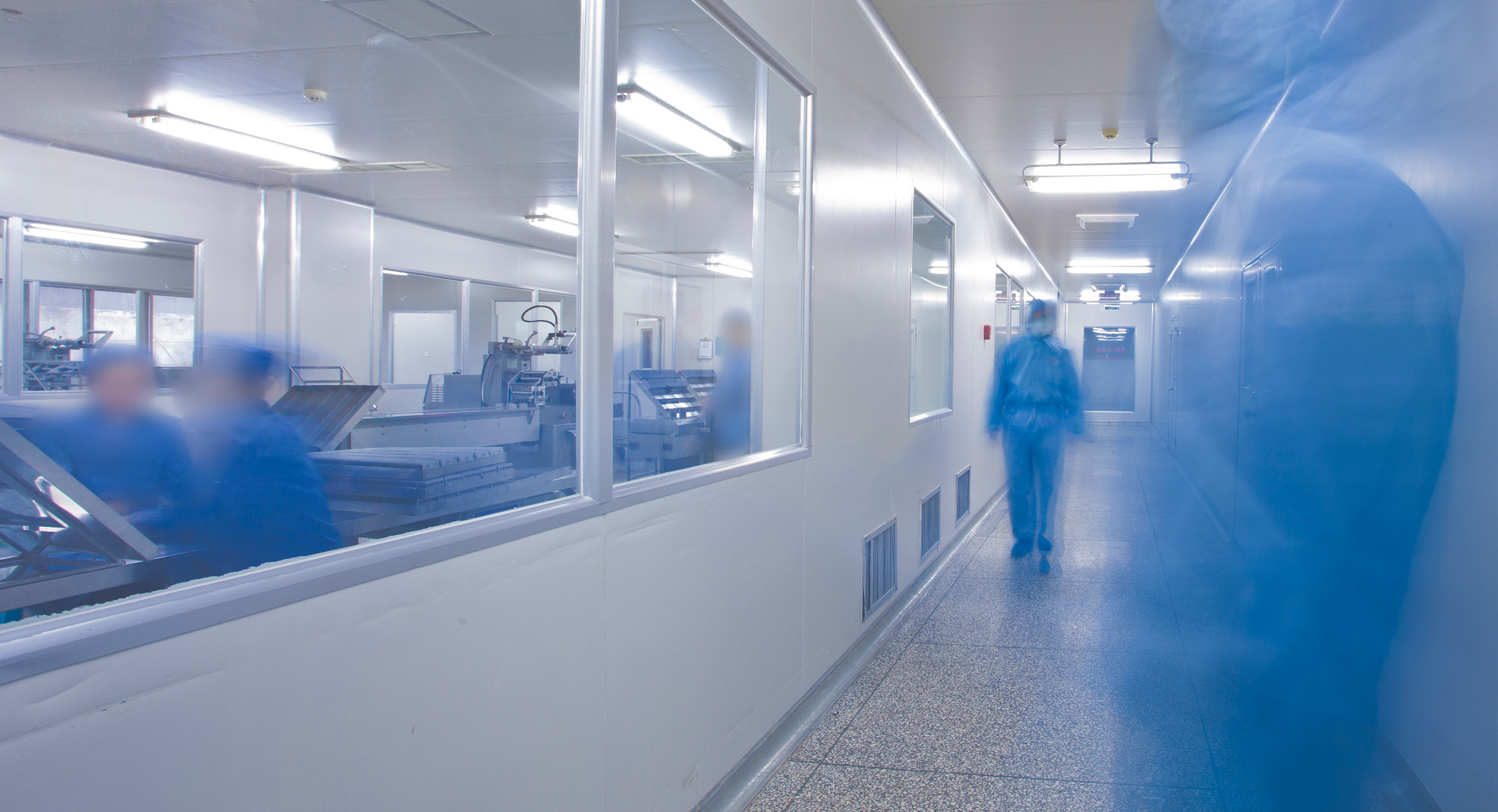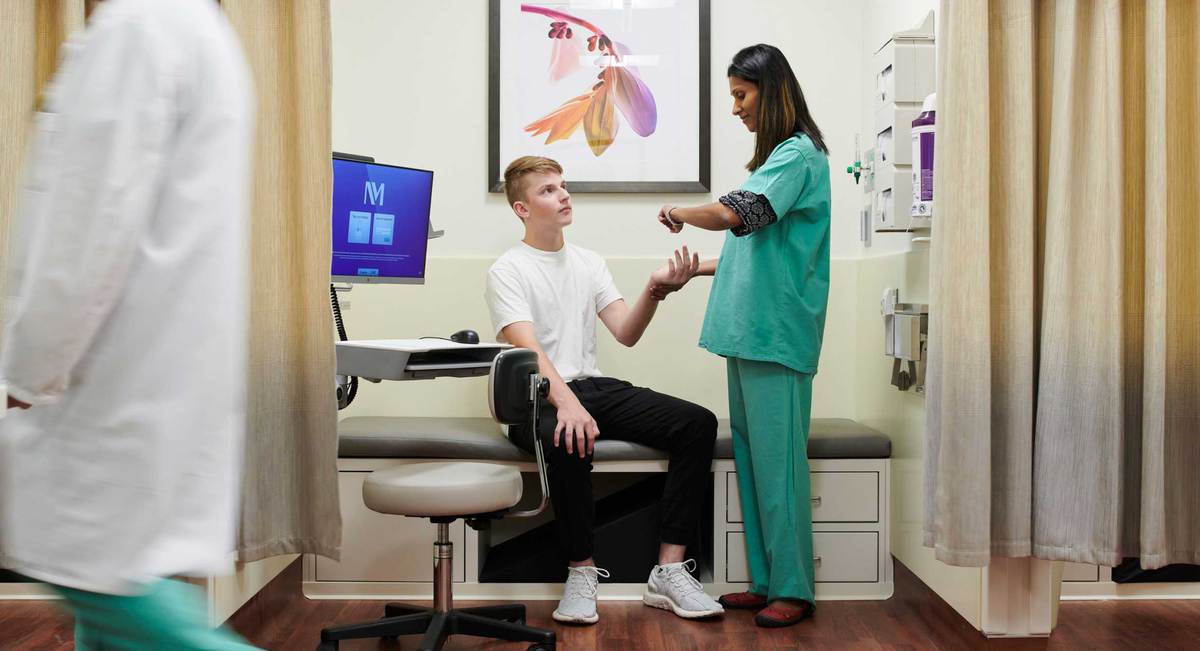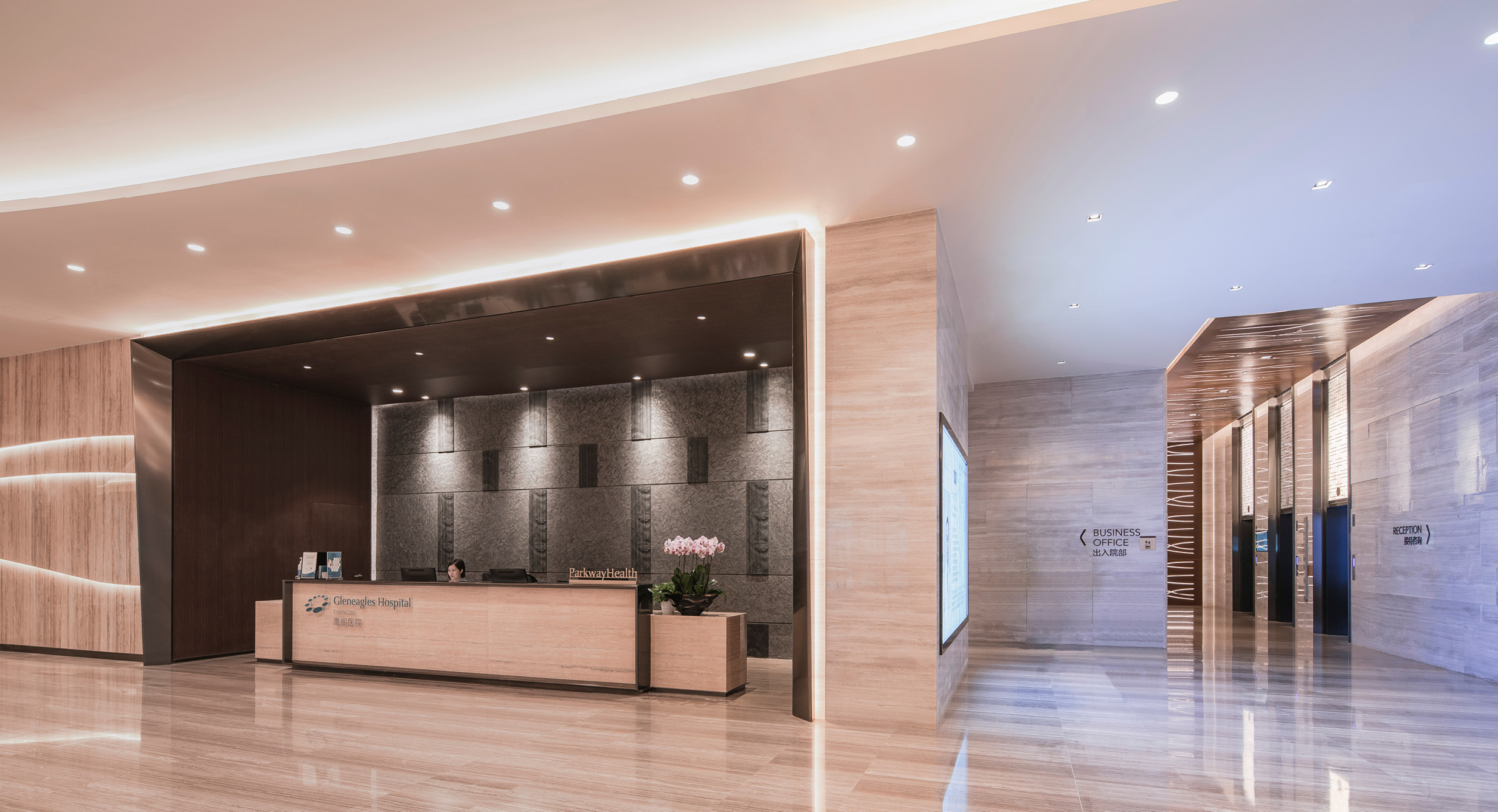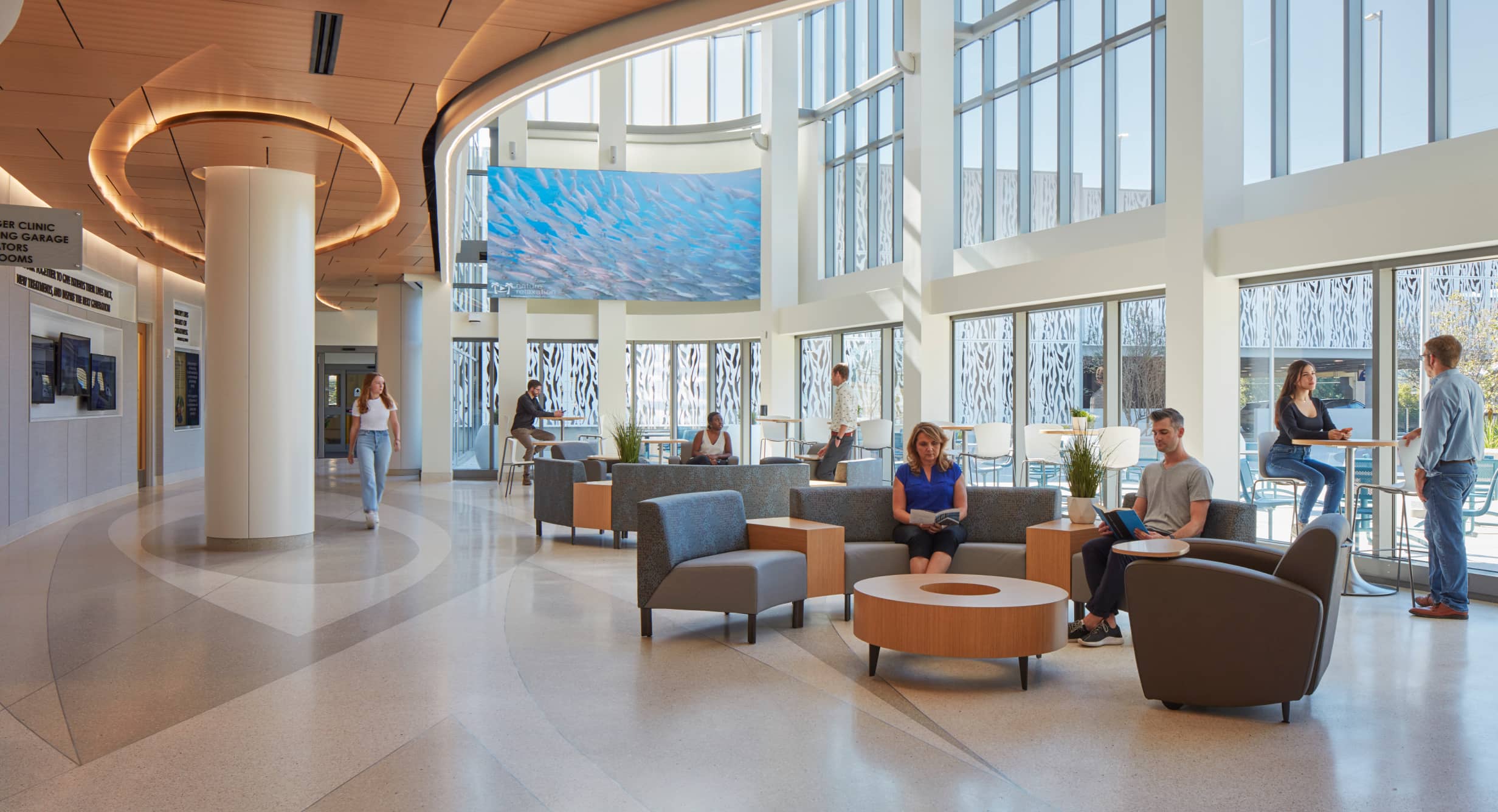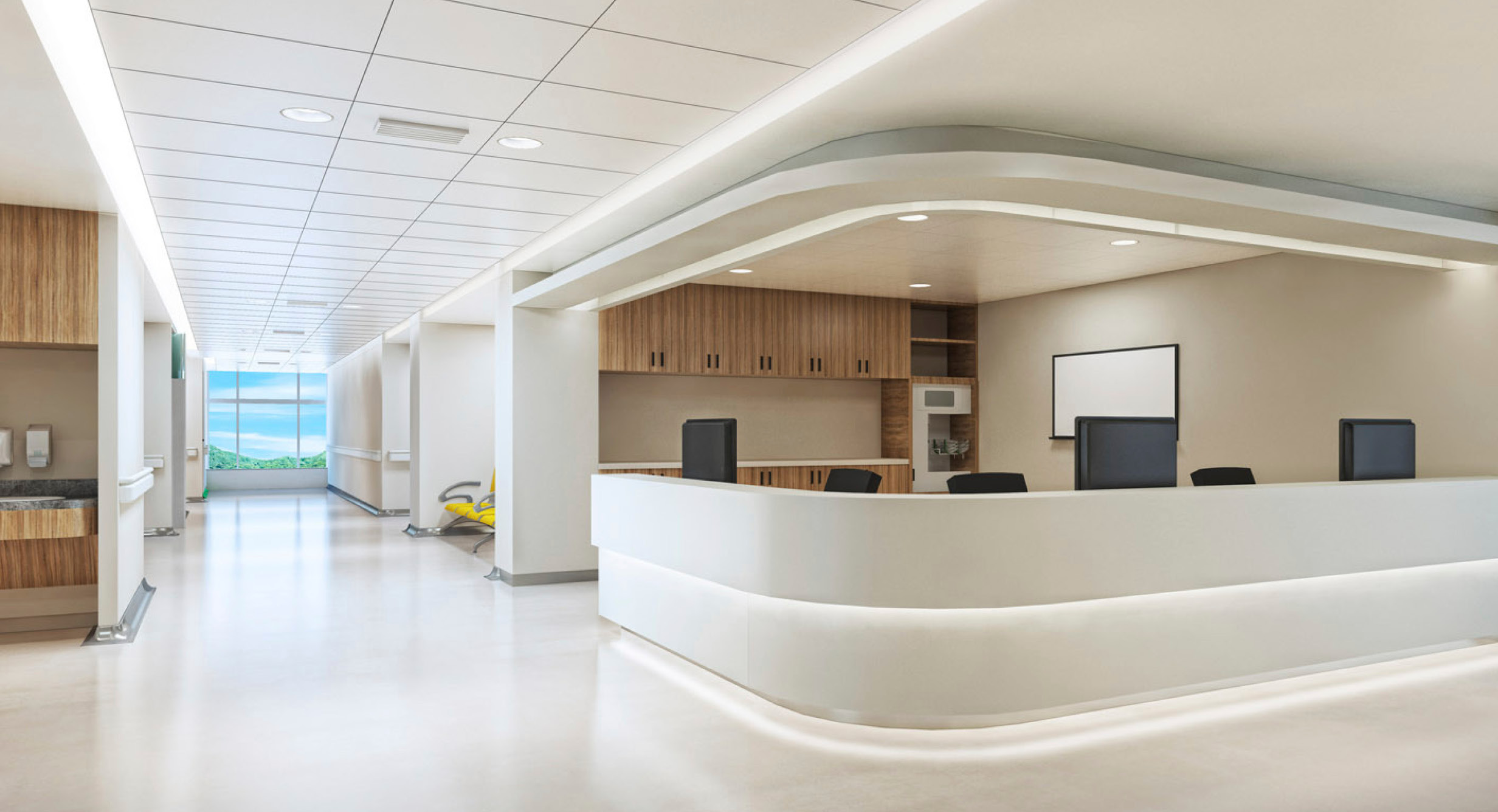
Queen Mary Hospital Preparing a Tall Urban Hospital for a Pandemic Outbreak
Hong Kong, SAR
Practice
The Challenge
HKS was asked to submit a design for a comprehensive preparedness strategy for Queen Mary Hospital to deal with outbreaks of potentially highly contagious diseases, such as COVID-19. The design was challenging because Queen Mary is a high-density hospital situated in a tight urban space.
The Design Solution
In the last decade, outbreaks in the region of H1N1, SARS and, most recently, COVID-19 raised concern about how to control and isolate patients with potentially highly contagious diseases, especially those in tall, dense hospitals. To address the issue, the HKS design team proposed leveraging the verticality of the 33-story Queen Mary extension to compartmentalize entire floor levels during pandemic events. In this facility, separate access points for infectious and non-infectious patients are provided on the A&E floor, while designating the two patient lift banks to infectious and non-infectious patients, respectively, can help maintain separation throughout the building.
Furthermore, Isolation Patient Room Suites are designed as areas where isolation patient rooms have been consolidated along a dedicated corridor with two entrances: one from the ward they are associated with, and a secondary entrance from outside the ward. This would allow use of these rooms both as part of the department for non-infectious patients or as a free-standing infectious patient suite.
The Design Impact
In dense urban cities like Hong Kong, where hospitals tend to be tall rather than spread out, HKS offered a clever solution to deal with pandemic solutions by means of vertical partitioning and dual access of isolation patient rooms at one of the world’s tallest hospitals. As one of the highest ranking Academic Medical Center in Asia, medical students have the added benefits of understanding the Pandemic Ready process.

Project Features
- 33 stories (more than 150 meters)
- 860 beds
- Departmental compartmentalization
- Dedicated patient transfer elevators
- Emergency observation unit conversion to pandemic isolation floors
- Mechanical system infrastructure (seasonal/pandemic exhaust design)
